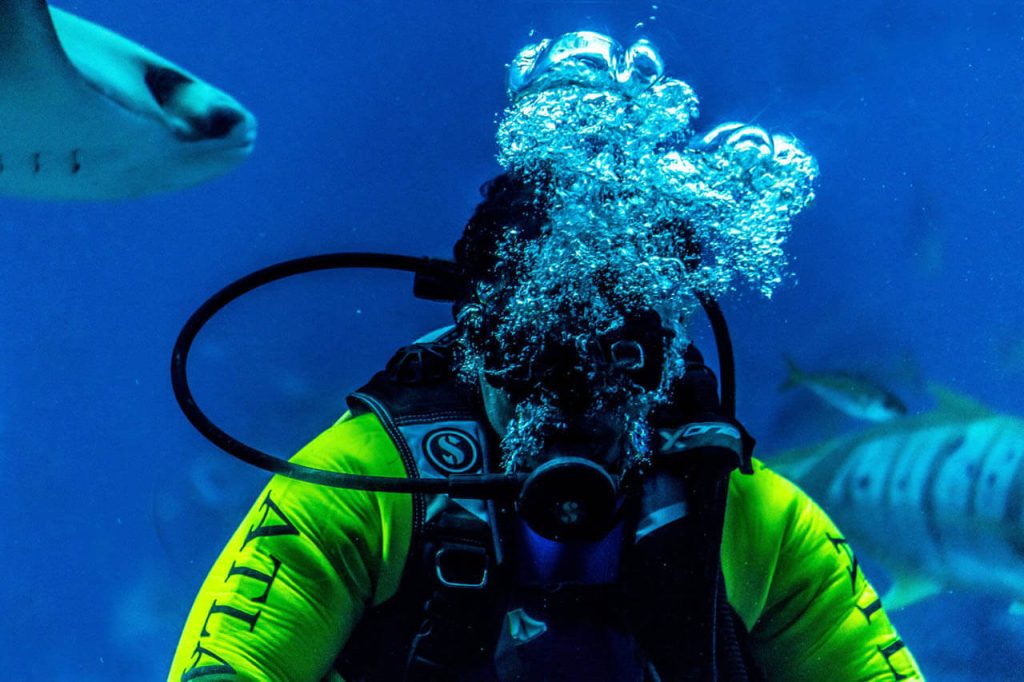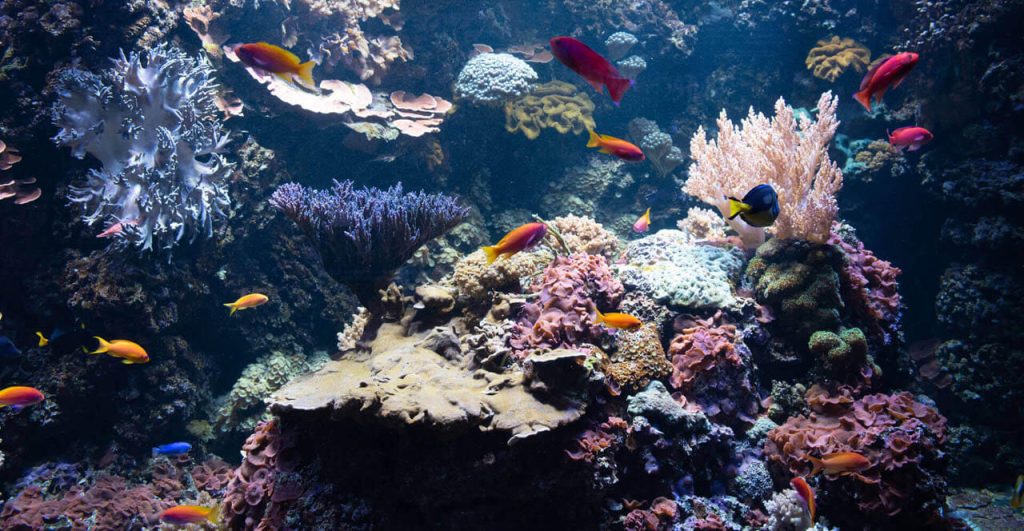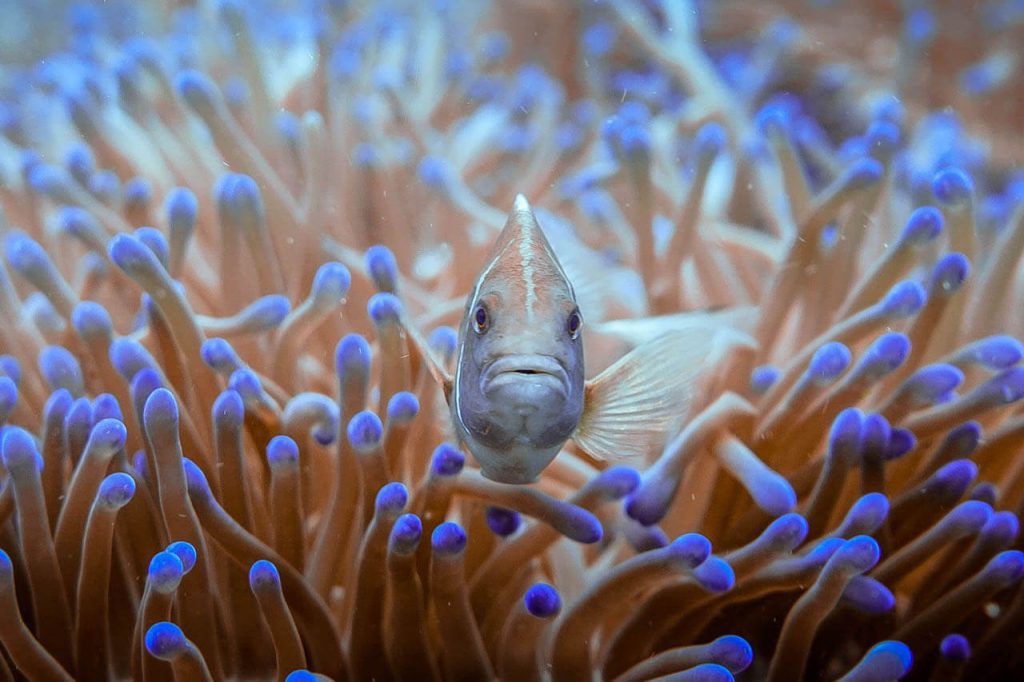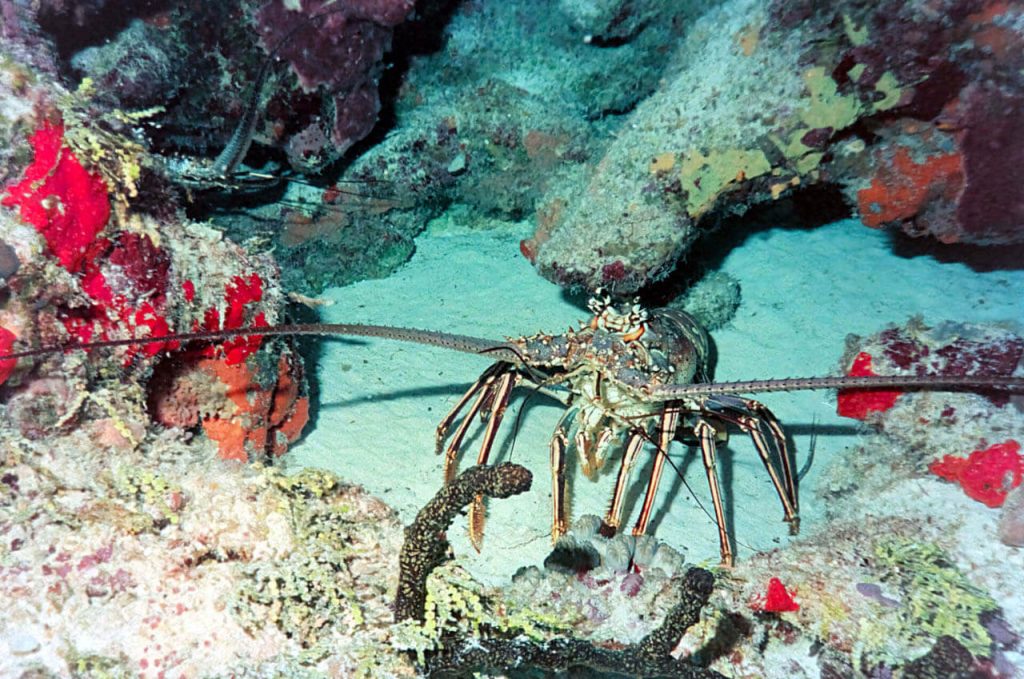Introduction to Tiburón Ballena
Manta rays, with their grandiose wingspans and serene demeanor, epitomize the beauty and mystery of the marine world. These creatures traverse the warm waters of the globe, feeding on plankton through a unique filter-feeding mechanism. Despite their imposing size, they are known for their gentle nature, often displaying curiosity around humans. Manta rays, however, are facing increasing threats from environmental changes and human activities. Their plight underlines the urgent need for marine conservation efforts. This introduction offers a glimpse into the fascinating lives of manta rays, beckoning readers to explore the challenges they face in the wild.


Maldives

Indonesia

Azores

Thailand

Mexico

Isla de la Plata, Ecuador
Physical Traits of Tiburón Ballena
Manta rays are remarkable for their vast wingspans, which can reach up to 7 meters for the giant oceanic species, and around 5 meters for reef mantas. Their iconic shape is characterized by triangular pectoral ‘wings’ and a flattened body that aids in their elegant gliding through water. These rays exhibit a striking color contrast with dark tops and lighter undersides, often marked with unique spot patterns used for individual identification. Notably, they have cephalic fins near their mouths, resembling rolled-up horns, which unroll during feeding to help funnel plankton into their wide, forward-facing mouths. Manta rays lack the venomous barb common to other rays, featuring instead a long, slender tail. Their smooth skin is coated with mucus for protection and streamlined movement. These physical traits underscore the manta ray’s adaptation to its marine environment, combining efficiency in feeding with majestic mobility.
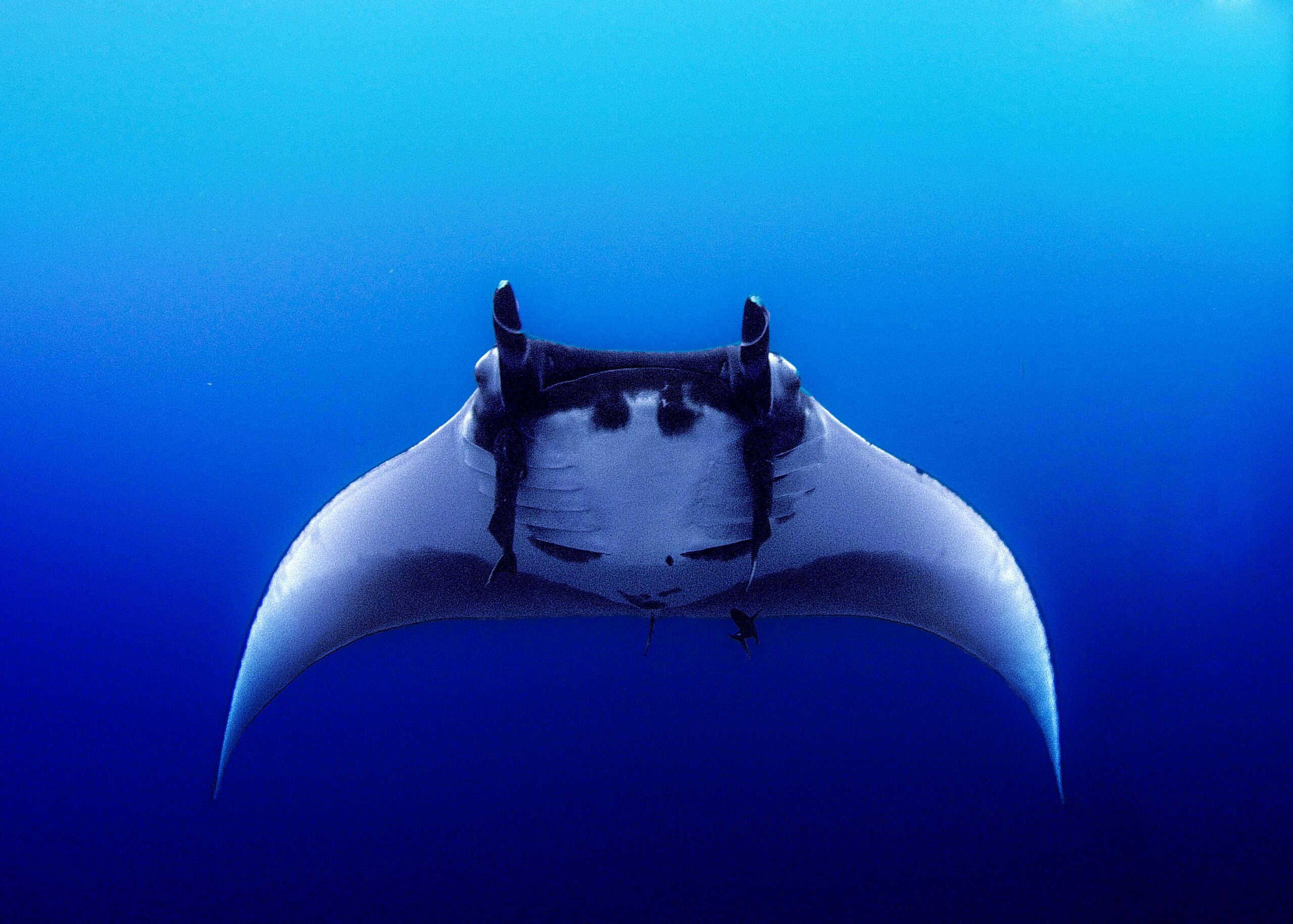
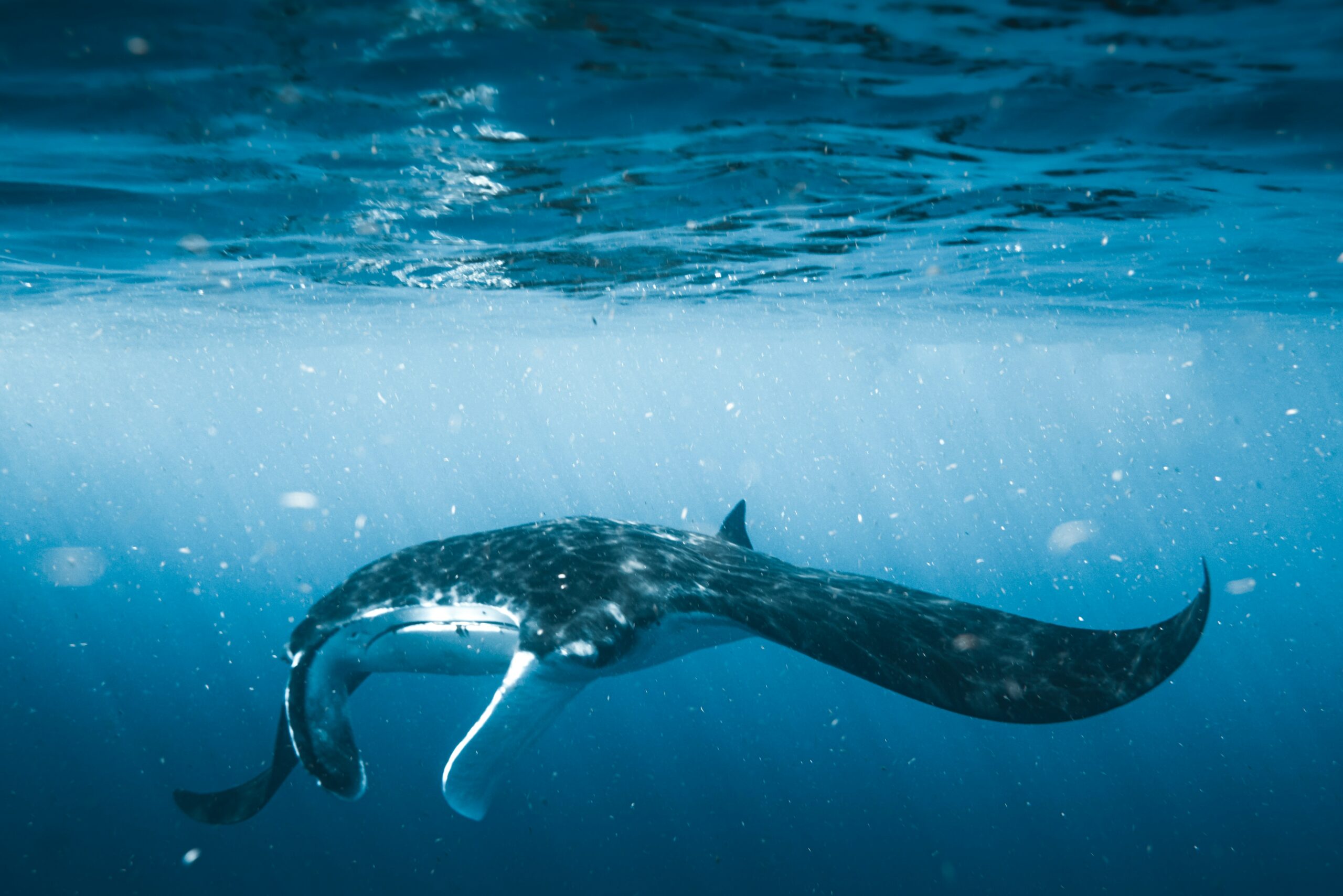
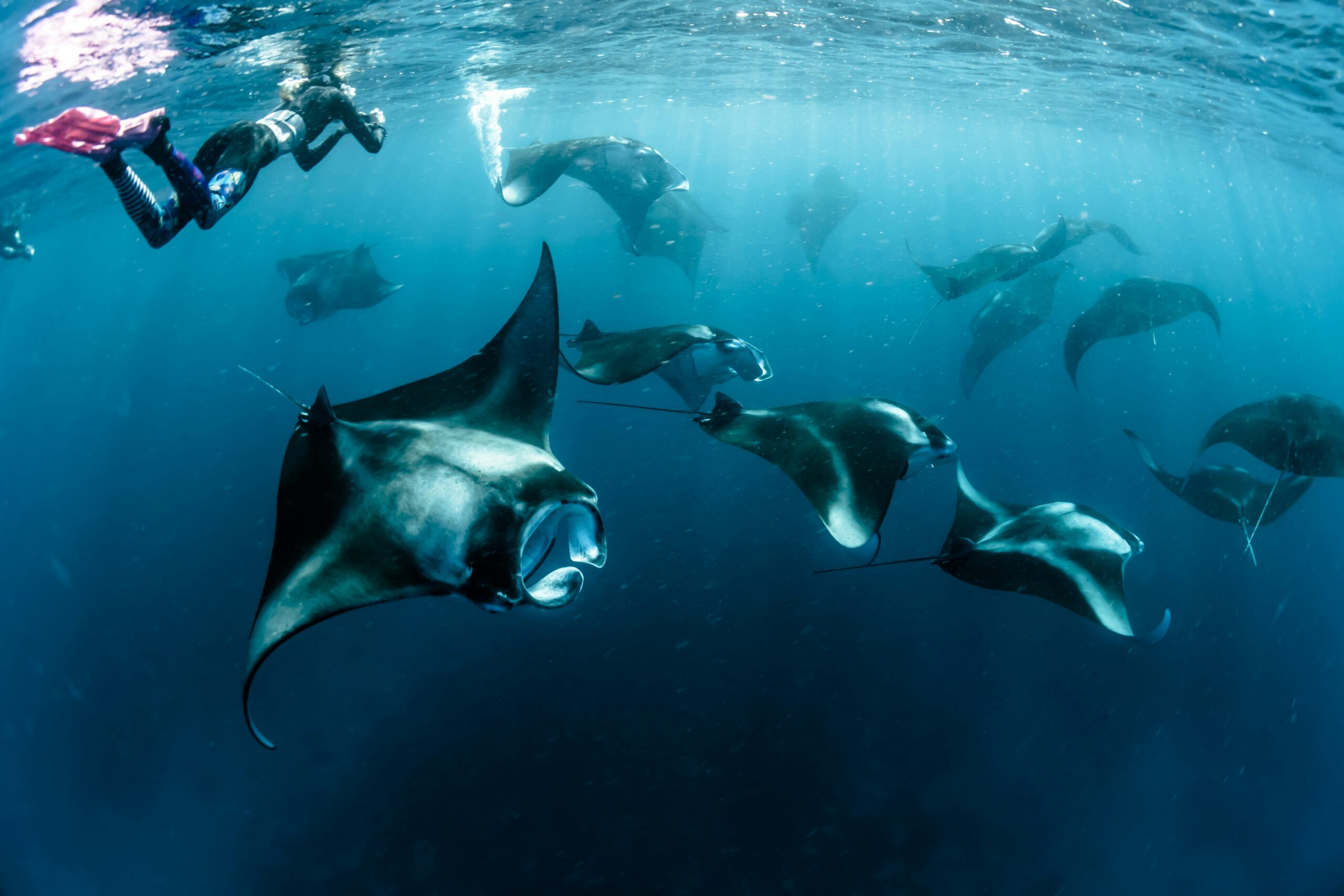
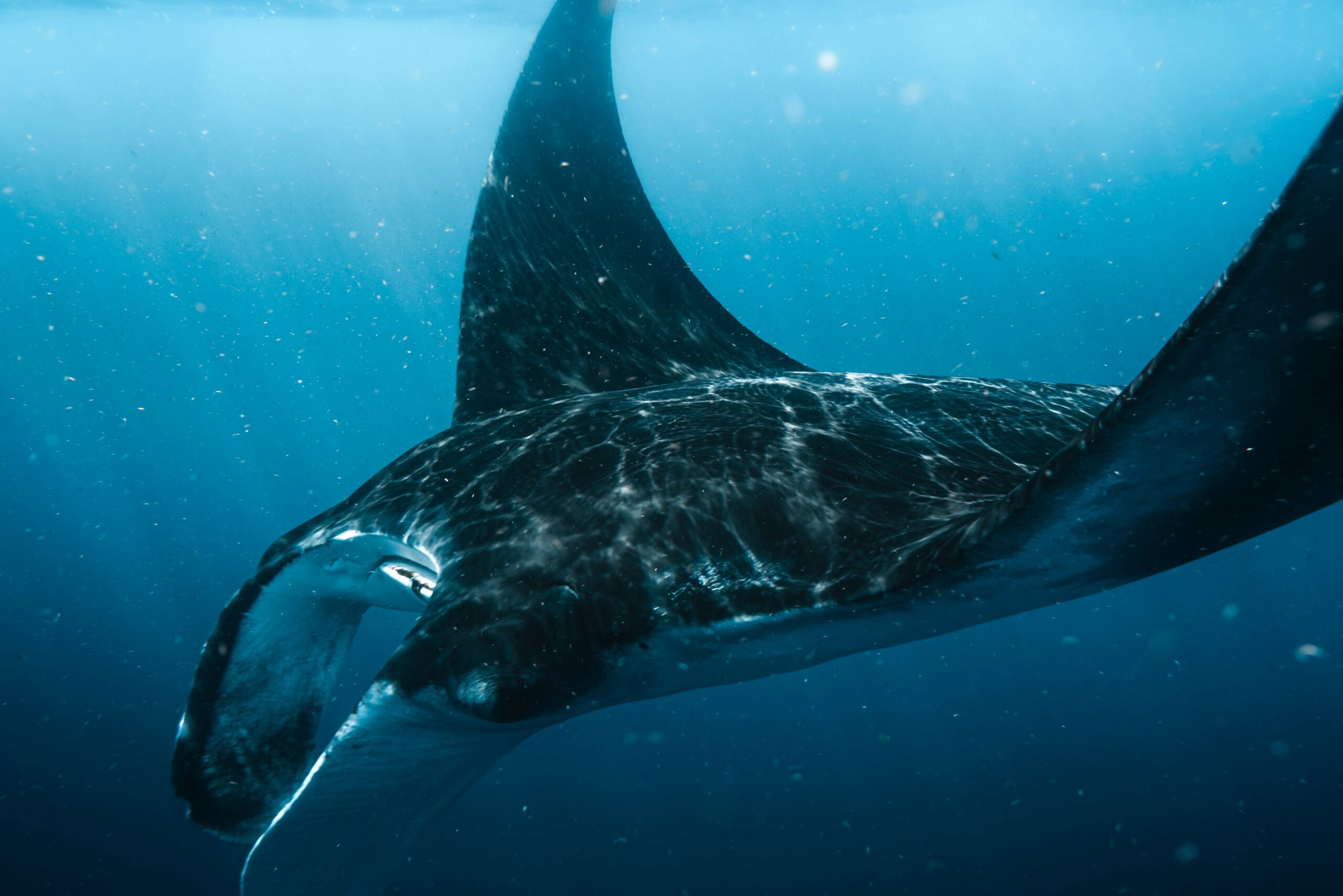
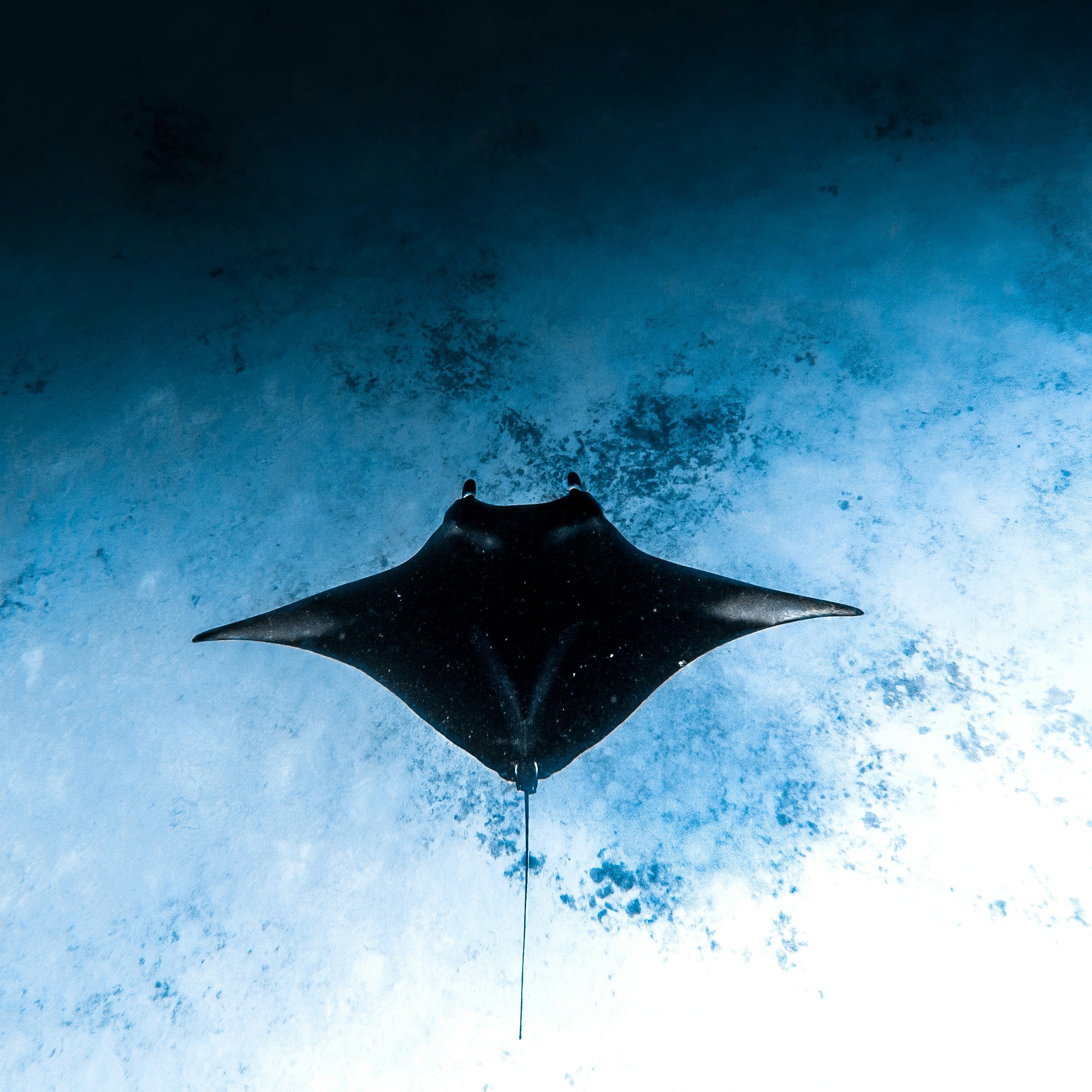
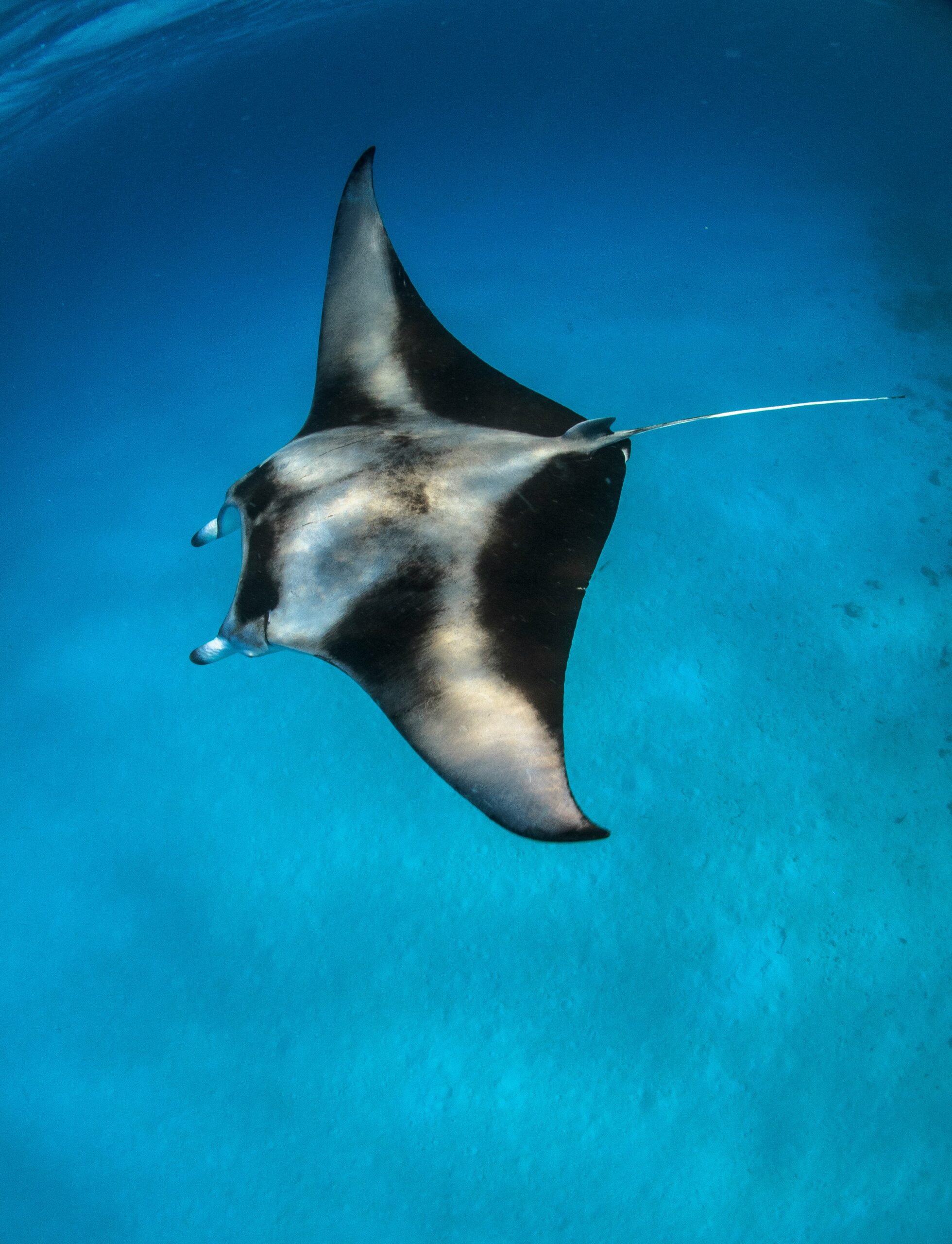
Average Lenght
Alrededor de 12 metros, aunque pueden alcanzar más de 18 metros en casos excepcionales.
Average Weight
Pueden pesar más de 20 toneladas, con un peso promedio que varía considerablemente según su tamaño y edad.
Risk of Extinsion
Clasificados como «Vulnerables» por la Unión Internacional para la Conservación de la Naturaleza (UICN), enfrentando amenazas como la pesca accidental y la pérdida de hábitat.
Species
Rhincodon typus, el único miembro de su género y la única especie de la familia Rhincodontidae.
Food
Filtradores, se alimentan principalmente de plancton, krill, y pequeños peces, abriendo su gran boca mientras nadan.
Habitat
Prefieren aguas cálidas tropicales y subtropicales y suelen encontrarse en áreas costeras, aunque también realizan migraciones oceánicas.
Where to Find
Donsol
Filippinas
Ningaloo Reef
australia
Riviera Maya
Mexico
Tofo
mozambique
Cenderawash Bay
indonesia
Sumbawa
indonesia
Ponta D'ouro
mozambique
Mahe
seychelles
Mafia Island
zanzibar
Maafushi
maldives
Galapagos
ecuador
Djibouti
gulf of tadjoura
Gladden Spit
belize
La Paz
Baja California
Utila
honduras
Socorro Island
Mexico
Sodwana Bay
sud africa
Maamigili
maldives
Best Tour and Experiences
Whaleshark (then Whale!) Wonder Tour
australia
Holbox Whaleshark Tour
Mexico
Oslob Whaleshark Experience
filippines
LUX Resort *****
maldives
Most Luxurious Cenderawasih Bay Cruise
indonesia


